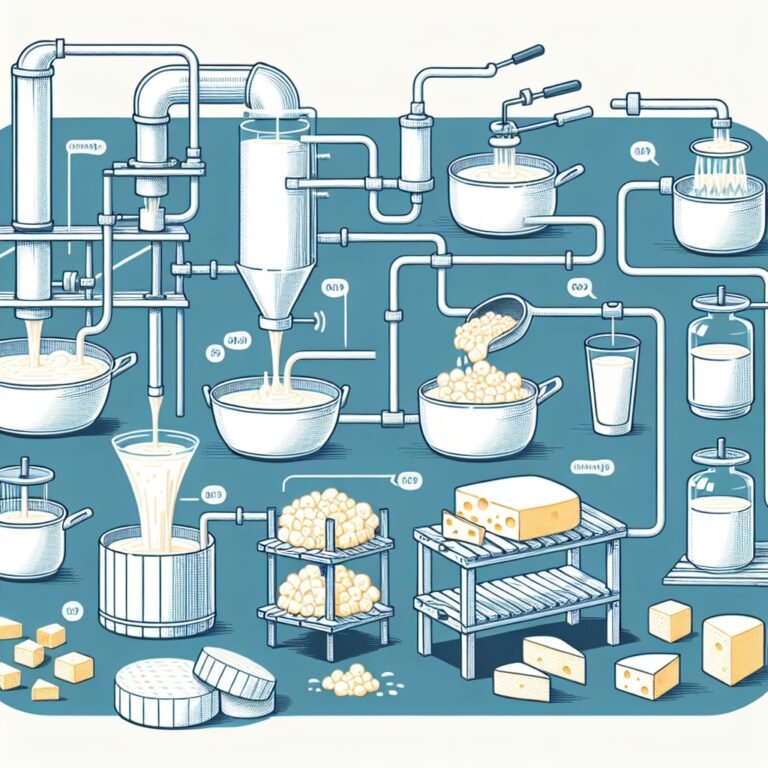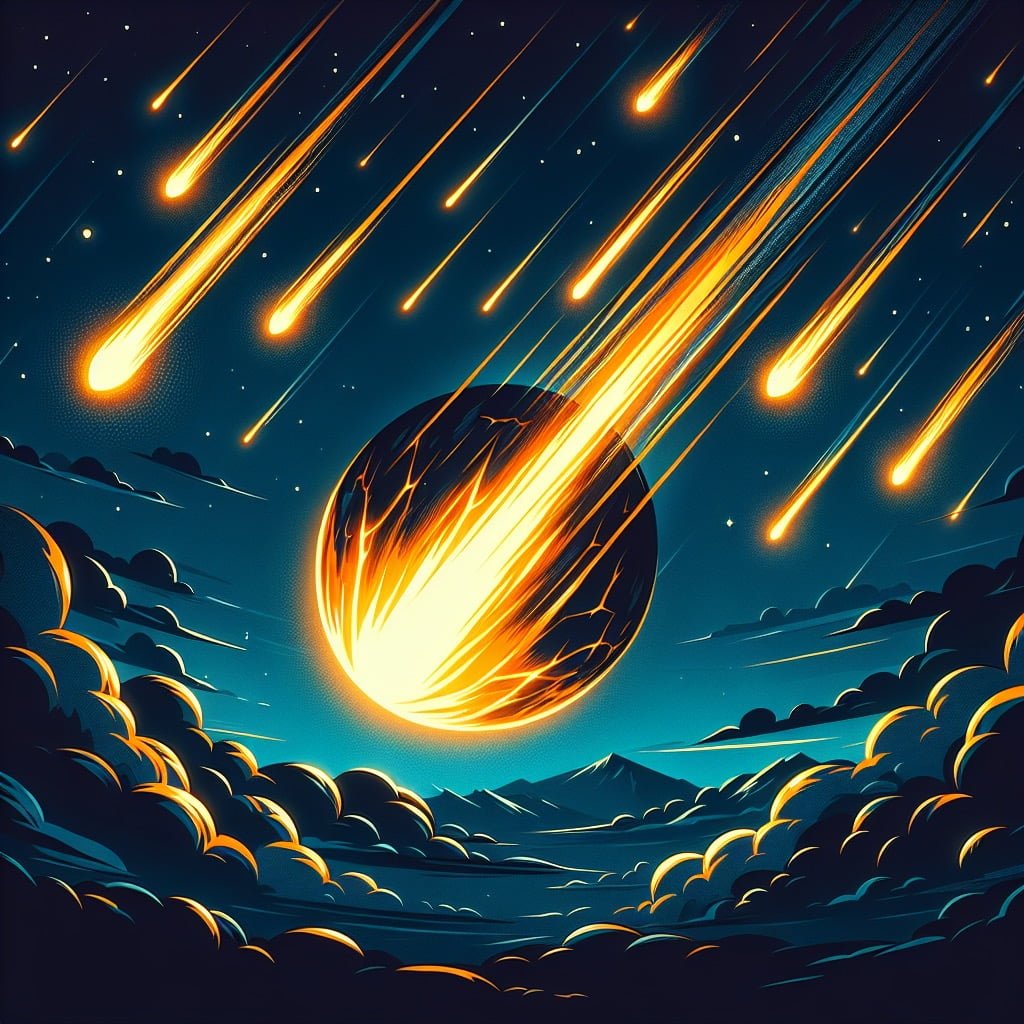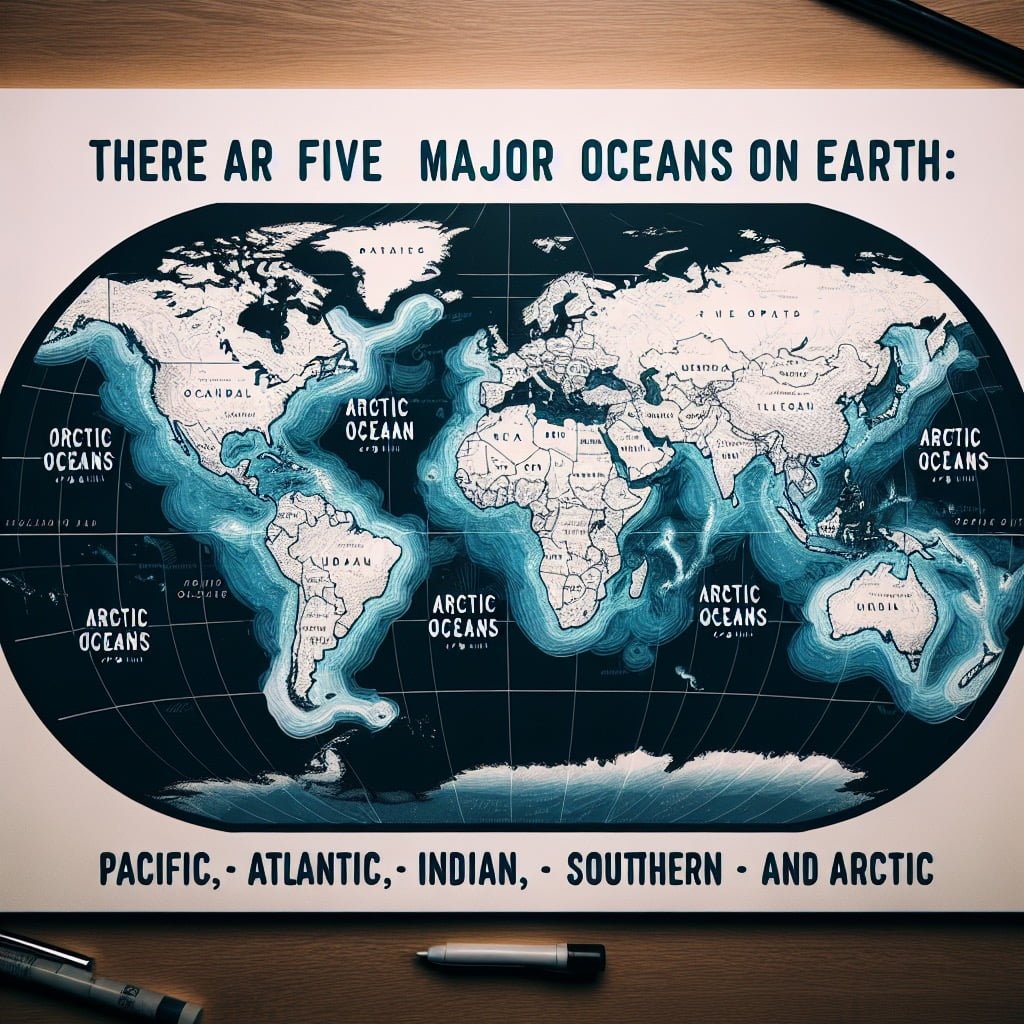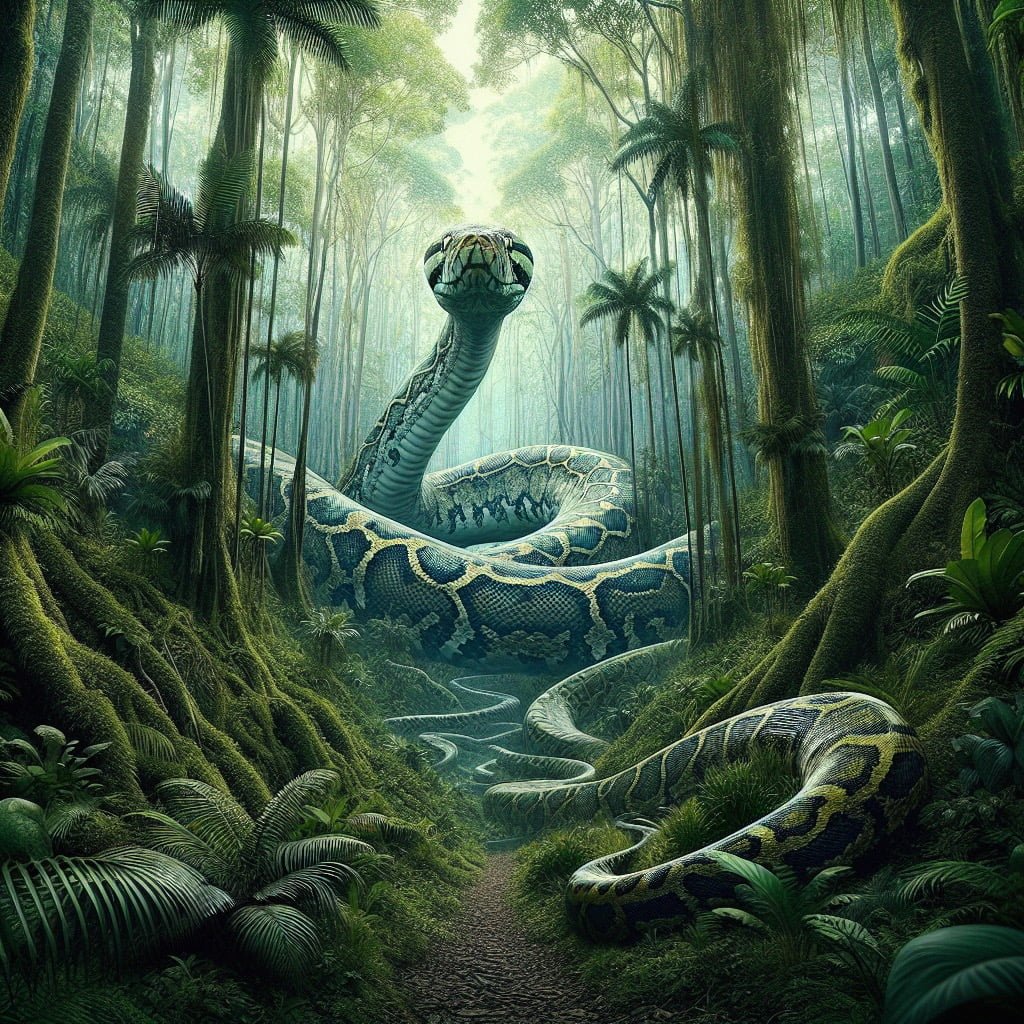Answer
Cheese is made by curdling milk, separating the curds from the whey, and then processing the curds to develop flavor and texture, often involving aging.
Simple Explanation
To make cheese, you start with milk and add a special ingredient to make it thicken and turn into curds. The curds are then pressed and can be aged to create different types of cheese.
Detailed Explanation
The process of making cheese begins with high-quality milk, which can come from cows, goats, sheep, or other mammals. First, the milk is warmed and then combined with a starter culture of bacteria to begin fermentation. These bacteria help develop the flavor and acidity of the cheese. Then, a coagulant like rennet is added to curdle the milk, causing it to separate into solid curds and liquid whey.
Transforming Curds to Cheese
- Cutting the Curds: Once the curds have formed, they are cut into smaller pieces to release more whey. The size of the curds can affect the cheese’s final texture.
- Cooking and Washing: Some cheeses undergo cooking, where curds are heated to further drive off whey. Others may be washed with warm water to change flavor profiles.
- Pressing and Salting: The curds are then pressed into molds to form cheese shapes. Salt is added for flavor and as a preservative.
- Aging: Many cheeses are aged for different periods to enhance their flavors and textures. Aging can range from a few weeks to several years.
Different types of cheese result from variations in milk used, starter cultures, the methods of curd cutting, cooking, and the aging process. For example, a soft cheese like Brie is made with different techniques compared to a hard cheese like Parmesan. The world of cheese is vast and diverse, reflecting various traditions and local resources.
Conclusion – How is cheese made
Understanding how cheese is made reveals the art and science behind this delicious food. From the selection of milk to the aging process, each step contributes to the cheese’s unique flavor and texture.
FAQ – How is cheese made
Q: What types of milk can be used to make cheese?
A: Cheese can be made from cow, goat, sheep, and even buffalo milk, each imparting different flavors and textures.
Q: What is the role of bacteria in cheese making?
A: Bacteria act as starter cultures, helping to ferment the milk and develop flavor and acidity in the cheese.
Q: Can cheese be made at home?
A: Yes, many types of cheese can be made at home with simple ingredients and tools, starting with beginners’ cheeses like ricotta or mozzarella.
Q: How long does cheese last?
A: The shelf life of cheese varies; hard cheeses can last several months when stored properly, while soft cheeses typically last a few weeks.
Q: How is cheese made step by step?
Cheese is made by following these steps:
- Milk preparation – Fresh milk is the main ingredient, usually from cows, goats, or sheep.
- Curdling – An enzyme called rennet is added to the milk to curdle it, separating the liquid (whey) from the solid curds.
- Cutting the curds – The curds are cut into small pieces to release more whey.
- Cooking and stirring – The curds are heated and stirred to firm them up.
- Draining the whey – The remaining whey is drained off, leaving behind the curds.
- Salting – Salt is added for flavor and to help preserve the cheese.
- Molding and pressing – The curds are shaped and pressed to remove extra moisture.
- Aging – Some cheeses are aged to develop their flavor.
More Q&A – how is cheese made
Q: How is cheese basically made?
Cheese is made by curdling milk using an enzyme like rennet. The curds are separated from the whey, then processed, salted, and aged to develop flavor and texture.
Q: How does milk turn into cheese?
Milk turns into cheese through a process called curdling. Rennet or acid is added to the milk, causing the proteins to clump together and form curds, which are then processed into cheese.
Q: Is cheese made from milk or mold?
Cheese is primarily made from milk. Mold may be used in the aging process of certain cheeses, like blue cheese, to develop flavor and texture, but milk is the main ingredient.
Q: Is cheese healthy or unhealthy?
Cheese can be both healthy and unhealthy depending on the type and portion size. It is a good source of protein and calcium but can also be high in fat and sodium. Eating cheese in moderation is key to balancing its health benefits and drawbacks.
Q: How was cheese accidentally made?
Cheese was likely made accidentally when milk stored in animal stomachs (containing rennet) curdled, separating into curds and whey. This discovery led to the intentional process of making cheese.
Q: What is the healthiest cheese?
Some of the healthiest cheeses include feta, mozzarella, and cottage cheese due to their lower fat and calorie content. Look for cheeses that are lower in sodium and saturated fats for a healthier option.
Q: What is the most expensive cheese in the world?
The most expensive cheese in the world is Pule, made from donkey milk in Serbia. It can cost up to $1,000 per pound due to its rarity and labor-intensive production process.
Q: What was the first cheese?
The first cheese was likely made over 7,000 years ago in the Middle East. Ancient peoples used natural rennet found in the stomachs of animals to curdle milk, producing an early form of cheese.
Q: Why isn’t yogurt cheese?
Yogurt is not considered cheese because it is made by fermenting milk with live bacteria cultures, not by curdling milk with rennet. Yogurt has a different texture and process from cheese.
Q: How is mozzarella made?
Mozzarella is traditionally made from buffalo or cow’s milk. After curdling, the curds are heated, stretched, and kneaded to give mozzarella its distinctive soft and stretchy texture.
Q: Why does cheese taste like milk?
Cheese tastes like milk because it is made from milk. The flavor of the cheese is influenced by the milk’s fat content, the curdling process, and any added ingredients like salt or mold.
Q: Which cheese has no mold?
Cheeses like mozzarella, ricotta, and paneer typically have no mold as part of their production process. Fresh cheeses are usually consumed before mold can develop.
Q: Why is blue cheese safe to eat?
Blue cheese is safe to eat because the mold used in its production is a specific type called Penicillium, which is safe for human consumption and helps develop its unique flavor.
Q: Is American cheese real cheese?
American cheese is a processed cheese product. It contains cheese but also includes emulsifiers, preservatives, and other ingredients to give it a longer shelf life and a smooth texture.
Q: Why shouldn’t you eat cheese at night?
Eating cheese at night may cause digestive discomfort for some people, and it is also believed to disrupt sleep in some cases due to its fat content and potential to cause acid reflux.
Q: What cheese to avoid?
Avoid cheeses high in sodium and saturated fats if you’re looking for healthier options. Some people also avoid soft cheeses like Brie and Camembert due to potential food safety concerns, especially during pregnancy.
Q: Is it OK to eat cheese daily?
Eating cheese daily can be part of a healthy diet if consumed in moderation. Choose low-fat and low-sodium varieties to avoid excessive intake of saturated fat and salt.
Q: Why is cheese so addictive?
Cheese contains a protein called casein, which releases casomorphins during digestion. These compounds can trigger dopamine production in the brain, contributing to the feeling of satisfaction and cravings for cheese.
Q: Why can I tolerate cheese but not milk?
Many people who are lactose intolerant can tolerate cheese because the lactose content is reduced during the cheese-making process. Hard cheeses, in particular, contain very little lactose.
Summary – How is Cheese Made?
Cheese-making is a fascinating process that starts with fresh milk and involves several key steps. The first step in how is cheese made is curdling the milk, which can be done using rennet or an acid. Once the curds form, they are separated from the whey. From there, the curds are processed, cut, cooked, and sometimes washed, depending on the type of cheese being made. After this, they are salted and molded into shape. Finally, many cheeses go through an aging process that further enhances their flavor and texture.
Each type of cheese, whether it’s mozzarella, cheddar, or blue cheese, follows a specific variation of these steps. The ingredients used, especially the type of milk and starter cultures, influence the final product. From traditional methods to modern industrial processes, how cheese is made can vary significantly, resulting in the wide array of cheeses we enjoy today. Whether you’re interested in making cheese at home or curious about the history of cheese-making, understanding how is cheese made enriches the appreciation of this beloved food.
External Sources
Learn more about cheese making from Britannica and CheeseMaking.com.




